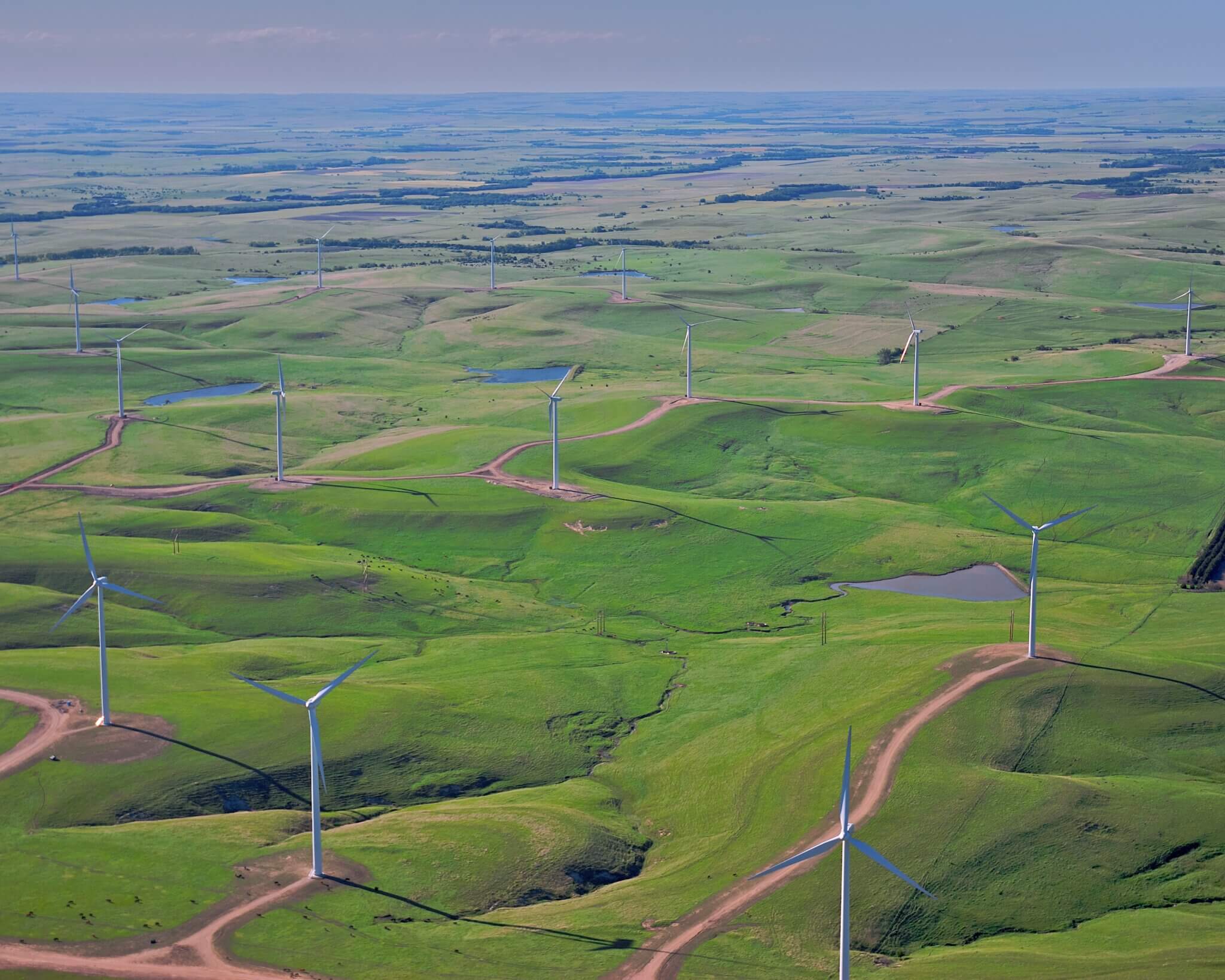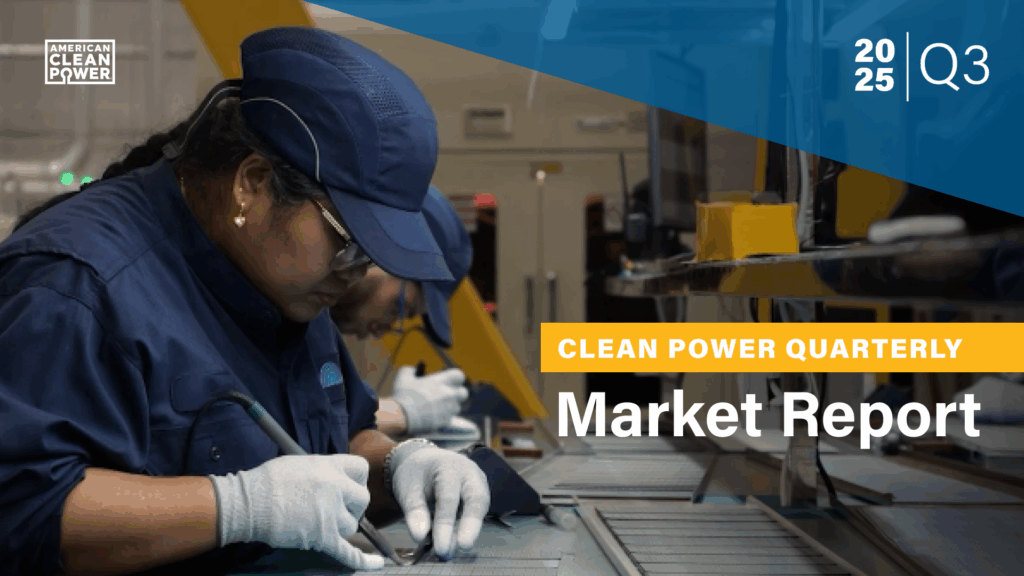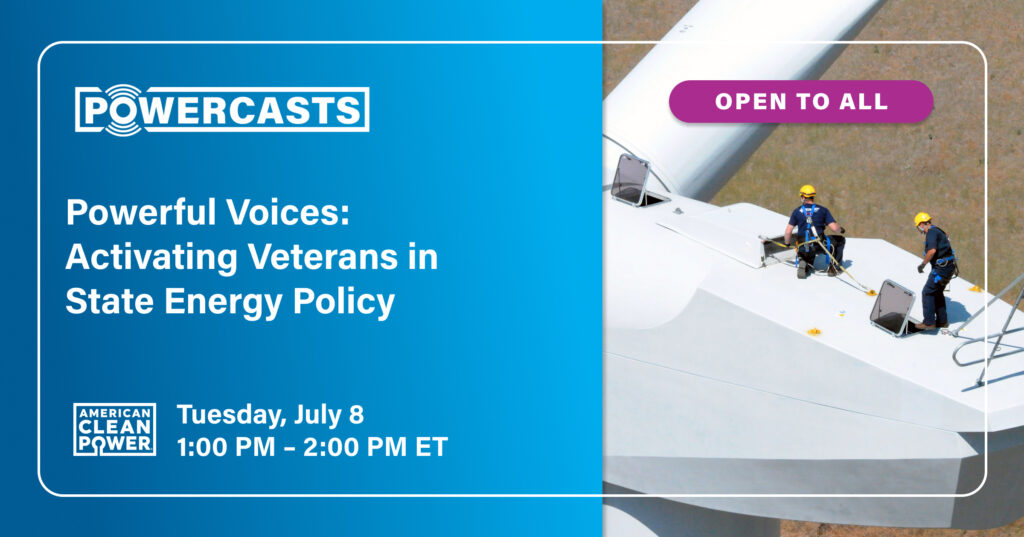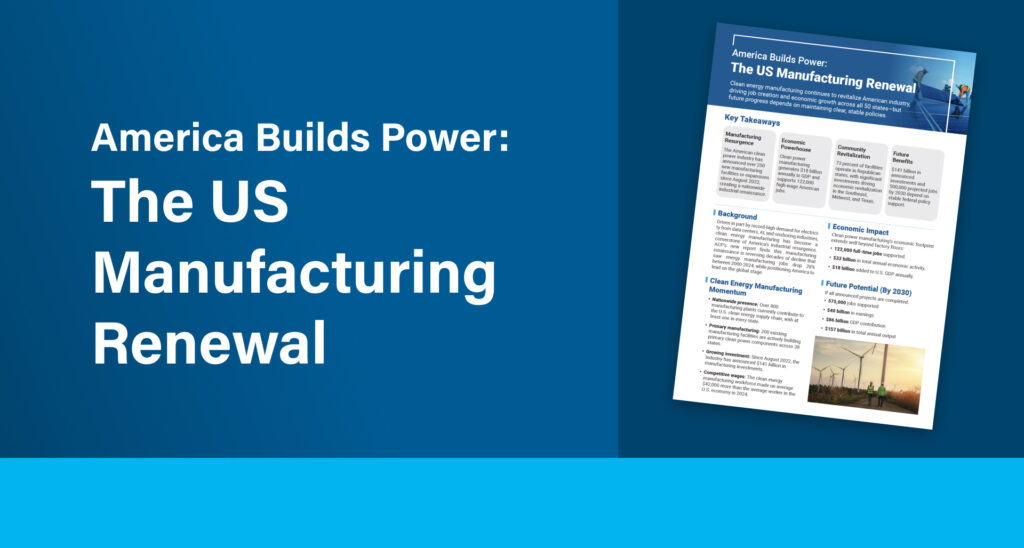American Clean Power
Clean Power 101
Clean power is quickly becoming America’s dominant energy source, as renewables like wind and solar—coupled with battery storage—led new power additions over the past several years. Clean energy is also a leading source of U.S. job creation and investment.
Key facts about clean power
1.4 million
83M
690B
Clean Energy Feels Like Home
Clean energy projects benefit local communities and the careers of people living in these communities. Renewable energy projects create more reliable and secure energy infrastructure while increasing revenue.
Open video in lightboxAnswers to top clean power questions
What is clean power?
Clean power encompasses renewable resources that don’t emit greenhouse gases or other emissions, including wind, solar, hydropower, and geothermal.
Clean power is increasingly being paired with energy storage.
Is clean energy expensive?
No. The costs of wind and solar have fallen significantly over the last decade, making them the most affordable sources of new energy in many parts of the country. In many places, it’s now cheaper to build new wind and solar projects than it is to continue operating legacy power plants or build new gas power plants.
Is clean energy reliable?
Yes. Solar and wind output is highly predictable, giving grid operators ample time to adjust to changes in output. Battery storage systems serve as dispatchable back-up power for the broader grid system. Storage facilities are often charged when there is an oversupply of energy and are dispatched as needed during higher demand periods, improving grid efficiency and stability. With a diverse energy mix that includes wind, solar, and storage facilities, grid operators can optimize the energy sources available to them for a more resilient electricity grid.
Is clean energy good for the environment?
Clean energy sources like wind and solar are critical parts of reducing greenhouse gas emissions and combating climate change. They also avoid air pollution like particulate matter, nitrogen oxides, and sulfur dioxide that create smog and trigger asthma attacks. In addition, wind and solar save 105 billion gallons of water a year when compared to thermal power plants, such as fossil fuel and nuclear plants, because they don’t need water for cooling.
Does clean energy depend on subsidies?
Clean energy initially relied on government subsidies to compete with established fossil fuel industries and to overcome high startup and technology costs. These subsidies played a critical role in accelerating research, development, and deployment of solar, wind, and other renewable technologies. By reducing the financial risk for early investors and companies, subsidies helped build the infrastructure, supply chains, and workforce needed to support a clean energy economy.
Over time, these investments paid off by driving innovation, lowering production costs, and creating millions of jobs in manufacturing, installation, and maintenance. Today, wind and solar is the cheapest source of new electricity generation in most of the U.S. The industry has reached a level of scale and maturity that no longer requires the same level of public support to thrive. What began as a subsidized push toward sustainability has evolved into a self-sustaining economic engine.





